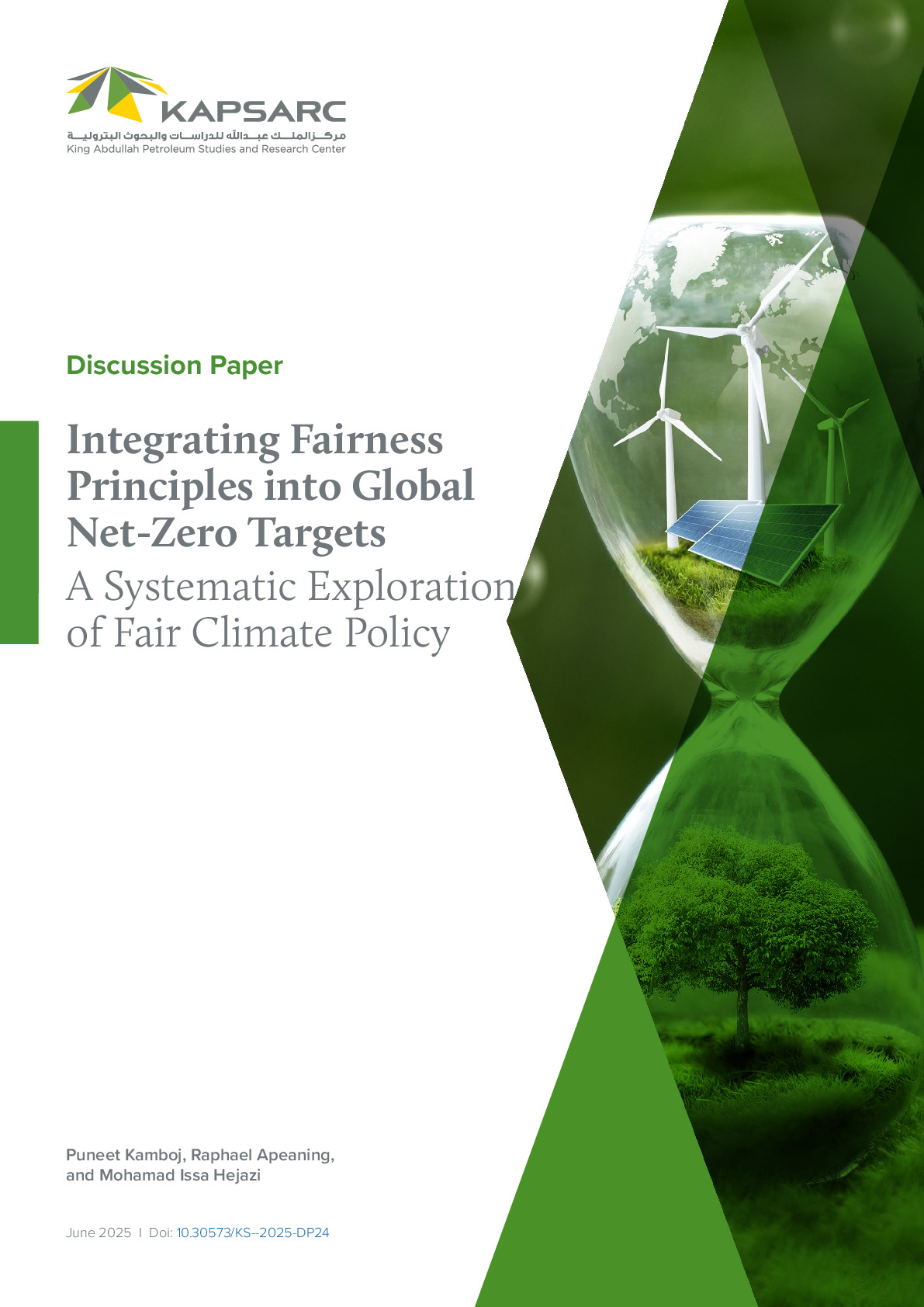The Paris Agreement’s goal of limiting global warming to well below 2 degrees Celsius (°C), and ideally 1.5°C, above pre-industrial levels, places significant emphasis on carbon dioxide removal (CDR) technologies. However, the global landscape for CDR deployment remains uneven, with significant disparities in technological capacity, economic readiness, and regional ambition. This study investigates how limited access to CDR technologies could exacerbate global economic inequality under a 1.5°C pathway. Using the Global Change Analysis Model (GCAM v6.0), six scenarios – ranging from unrestricted CDR availability to constrained deployment – are evaluated. Our findings reveal that constrained CDR availability significantly increases median global carbon prices, rising from US$588 per ton of carbon dioxide (tCO2) in the full CDR portfolio scenario to $937/tCO2 by 2055 in the most restrictive scenario. By 2100, some regions will face prices exceeding $3,000/tCO2, underscoring stark regional inequalities. These elevated carbon prices could deepen economic disparities, particularly in developing nations and fossil fuel-dependent economies. Furthermore, constrained CDR availability could also amplify inequalities in energy and food security, disproportionately affecting poorer regions. The study underscores the need for equitable CDR access to support a just global transition to a low-carbon future, offering valuable insights for policymakers designing more equitable climate strategies.





